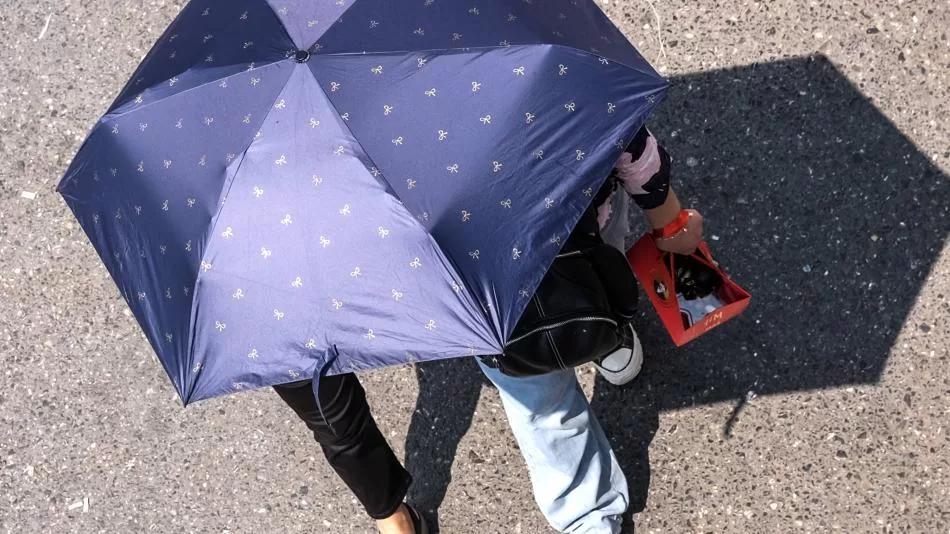(Keep reading: Protecting children’s skin: key to treating pediatric psoriasis)
The dermatologist, Juan Camilo Calderón, highlights: “During this heat wave, it is essential to adopt sun protection measures to prevent skin damage and reduce the risk of heat stroke. Prolonged exposure to the sun without adequate protection can increase the risk of risk of skin cancer and cause premature aging.
(You may be interested in: Tips to avoid premature aging of the skin)
Calderón explains that ultraviolet (UV) rays are more intense during a heat wave, increasing the risk of skin damage and sunburn. Sunscreens, especially those with an SPF of between 30 and 50 for daily use, and higher than 50SPF for prolonged exposure conditions, are essential to protect the skin from this damage.
In addition, it stresses the importance of looking for sunscreens that offer broad coverage, including protection against wavelengths of the electromagnetic spectrum, such as R-UVA, R-UVB, IR-Antioxidant, visible light and blue light.
- Use adequate sun protection: Apply a sunscreen with a sun protection factor (SPF) between 30SPF to 50SPF, or higher than 50SPF if you will be in prolonged exposure conditions. Make sure the sunscreen protects against wavelengths of the electromagnetic spectrum such as R-UVA, R-UVB, IR-Antioxidant, visible light, and blue light.
- Reapply sunscreen regularly: Depending on activities and exposure to water or sweat, it is important to reapply the sunscreen every 2 to 4 hours. On normal days, reapply every 3-4 hours, while if there is contact with water or heavy sweating, every 40 to 80 minutes, depending on the water resistance of the product.
- Avoid direct sun exposure in hours of higher temperatures: Between 10 am and 4 pm, seek shade and reduce sun exposure, especially infants, girls, and young children, who are more susceptible to the effects of heat and sunlight.
- Stay hydrated: Drink water often, even if you don’t feel thirsty, to avoid dehydration.
Experts recommend being alert for signs of possible heat stroke, which include intense thirst and dry mouth, body temperature greater than 39º C, excessive sweating.
(Also read: What is rosacea and how serious is Sebastián Martínez’s disease?)
Additionally, experts recommend being alert for signs of possible heat stroke, including intense thirst and dry mouth, body temperature greater than 39º C, excessive sweating, feeling flushed, dry skin, exhaustion, dizziness or fainting, stomach pains, loss of appetite, nausea or vomiting, and headaches.
*With information from agencies
In case you have more questions or have suggestions on topics you would like to read about, please write to [email protected].
D, Vanessa Ortiz

